― Jean Dubuffet
The Collection de l’Art Brut in Lausanne, Switzerland was begun in 1971 by a donation of 4,000 pieces of artwork, all of which were in the private collection of French artist Jean Dubuffet. The artist had long collected the work of institutionalized and marginalized people — works that he and a few other contemporaries like Paul Klee, Andre Breton, Max Ernst and Franz Marc, documented, wrote about and collected.
It was Dubuffet who coined the term ‘Art Brut,’ a term that defined art that was raw, pure and untainted from the principles of teaching. This was art that emerged from the mind of madness, or genius—without regard for what the rest of the art world coveted — fame, exhibitions or sales.
The work you see here today is from the Collection de l’Art Brut in Lausanne, culled from their informative new website. Since the donation by Dubuffet in 1971, the museum has continued to add to the collection, with works by more contemporary self-taught and visionary masters such as the reclusive Henry Darger, the autistic savant George Widener and others.
All images © Collection de l’Art Brut, Lausanne, Switzerland

Doudin, Jules (1884-1946), Switzerland
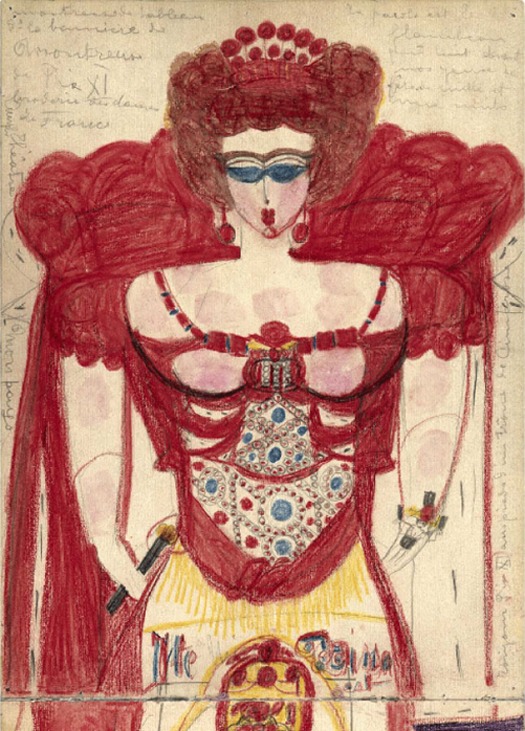
Aloïse (1886-1964), Switzerland
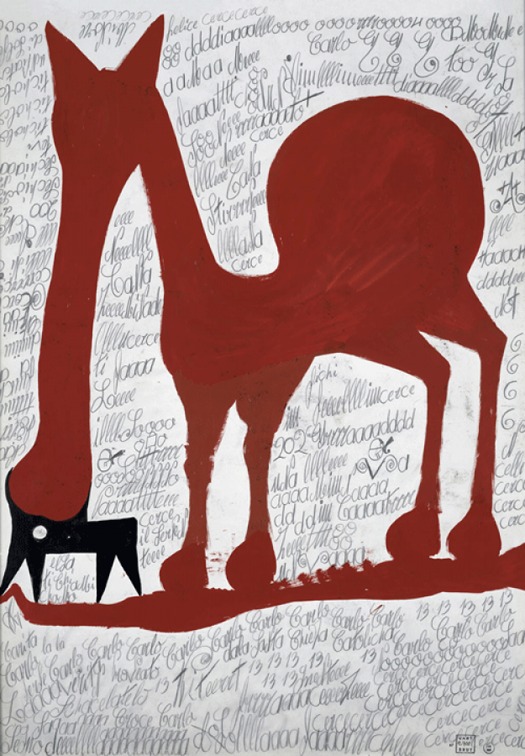
Carlo (1916-1974), Italy
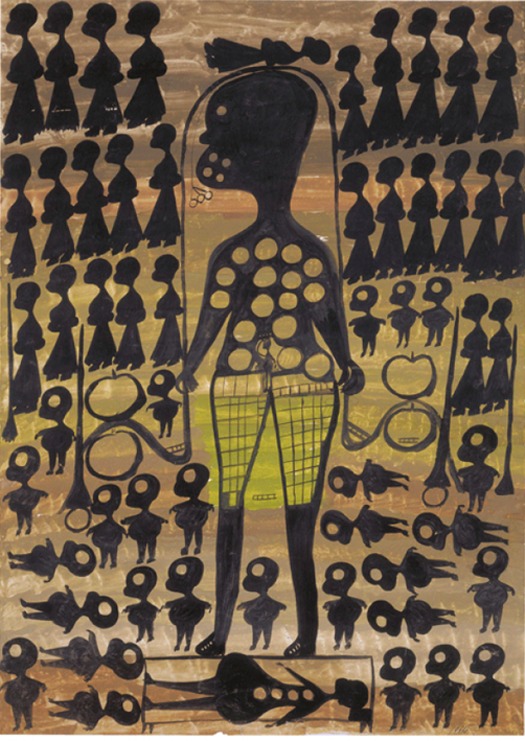
Carlo (1916-1974), Italy
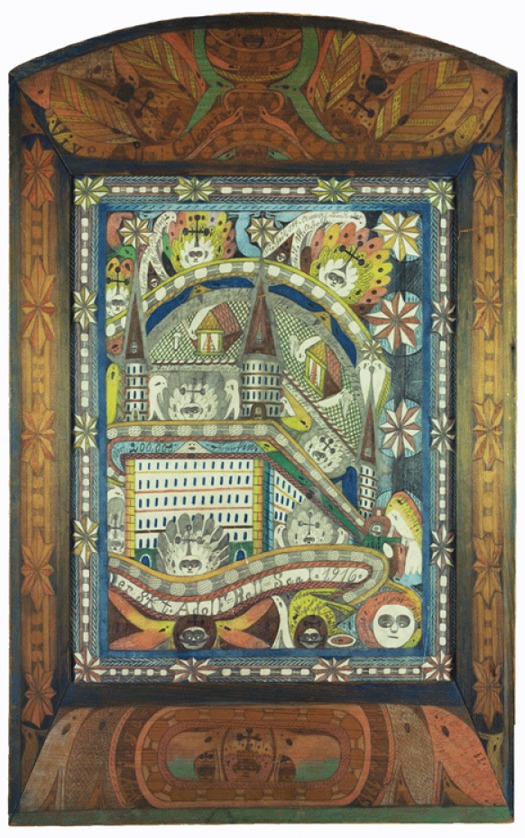
Wölfli, Adolf (1864-1930), Switzerland
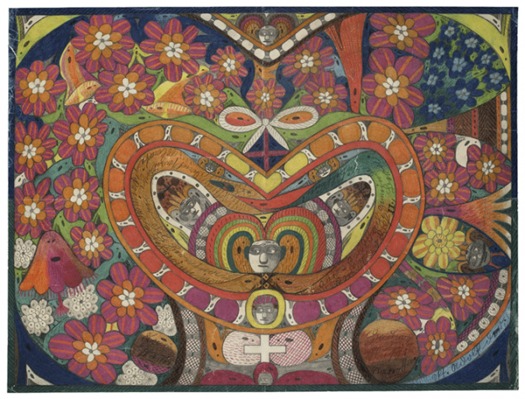
Wölfli, Adolf (1864-1930), Switzerland
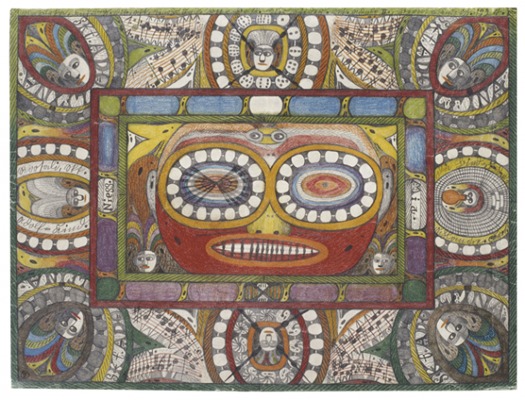
Wölfli, Adolf (1864-1930), Switzerland
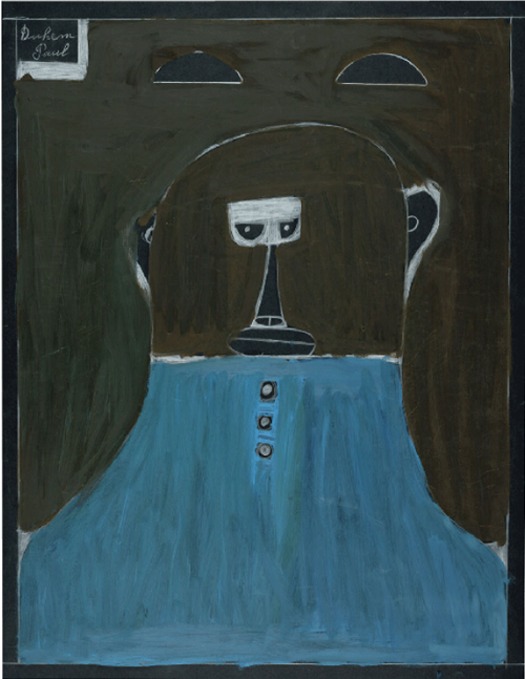
Duhem, Paul (1919–1999), Belgium
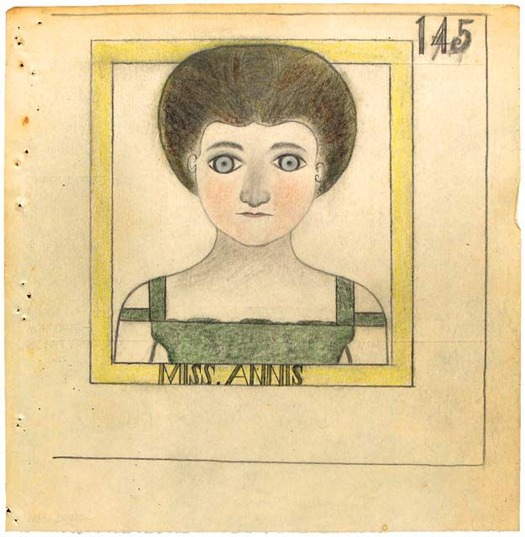
Deeds, James Edward (1908-1987), USA
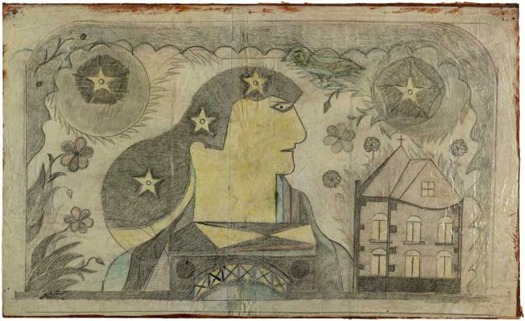
End, Paul (1895-?), France
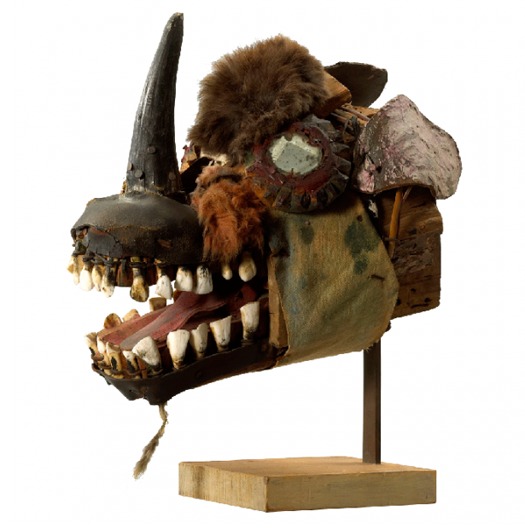
Forestier, Auguste (1887-1958), France
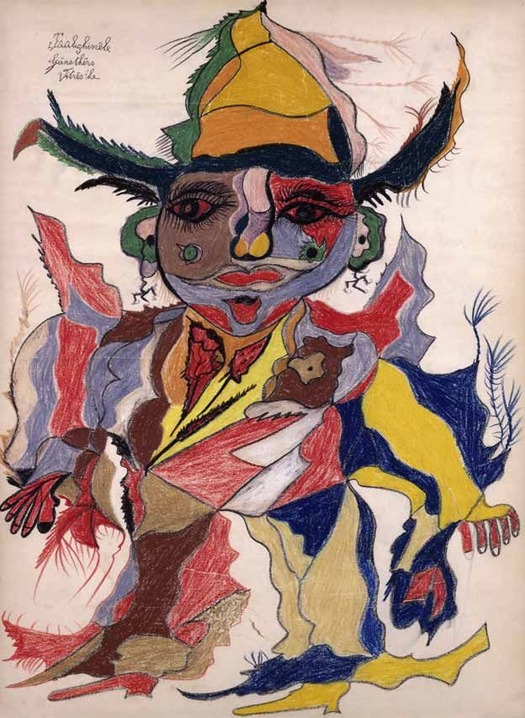
Duf, Gaston (1920-1966), France

Genk, Willem van (1927-2005), Netherlands
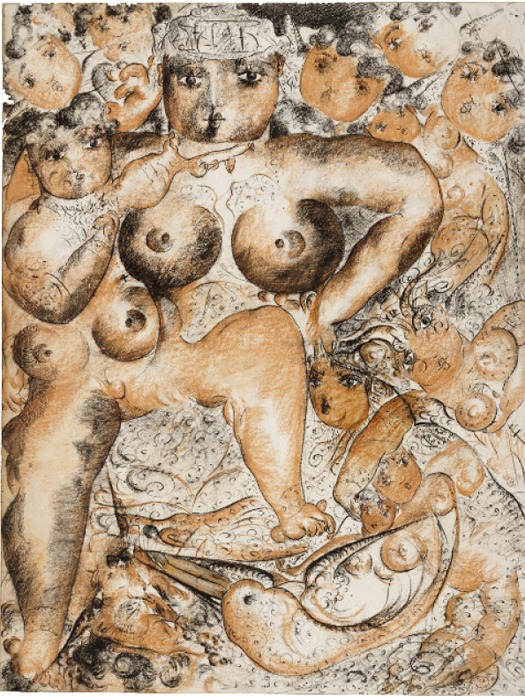
Fusco, Sylvain (1903-1940), France
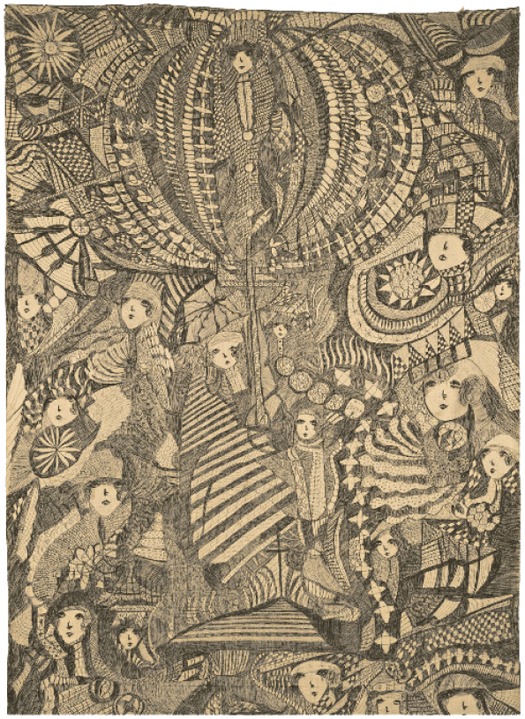
Gill, Madge (1882-1961), England

Jakic, Vojislav (1932–2003), Macedonia
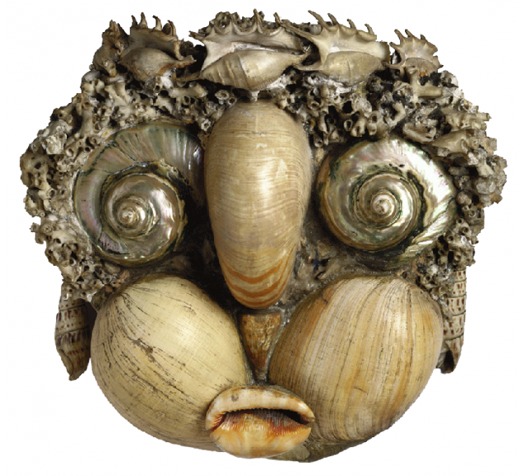
Maisonneuve, Pascal-Désir (1863-1934), France
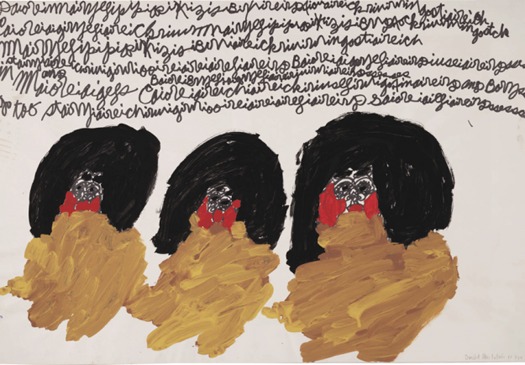
Mackintosh, Dwight (1906-1999), USA
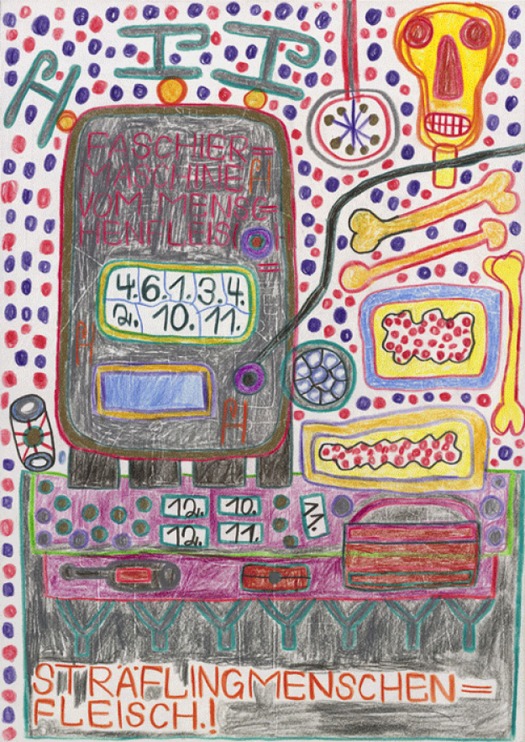
Walla, August (1936-2001), Austria
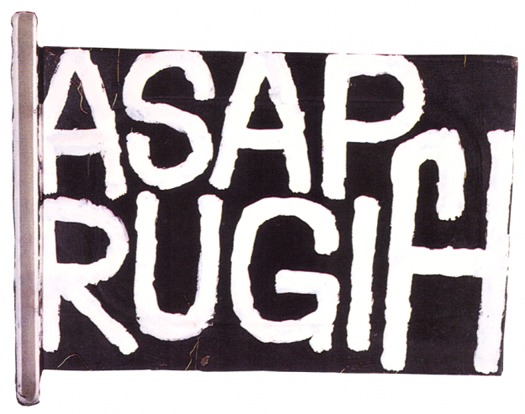
Walla, August (1936-2001), Austria
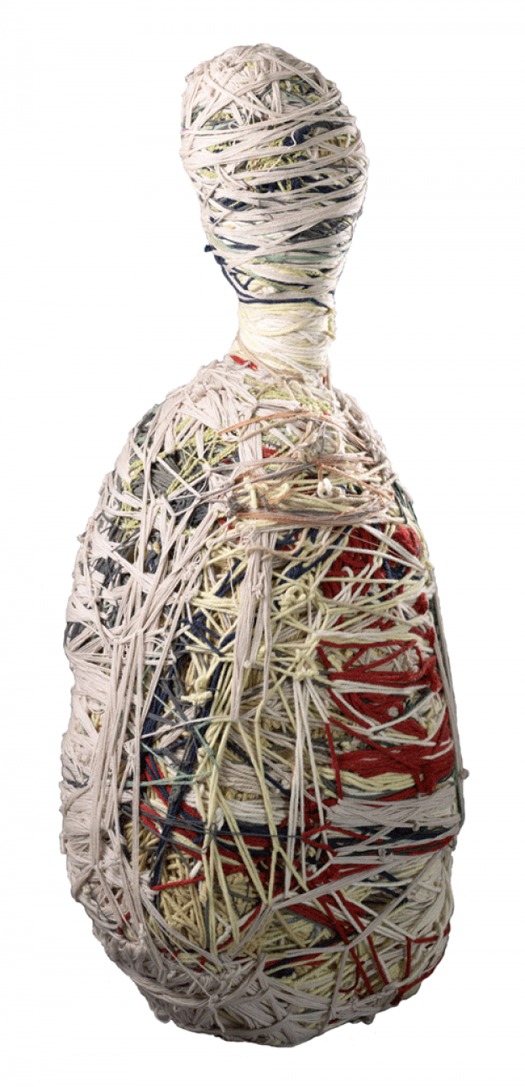
Scott, Judith (1943-2005), USA
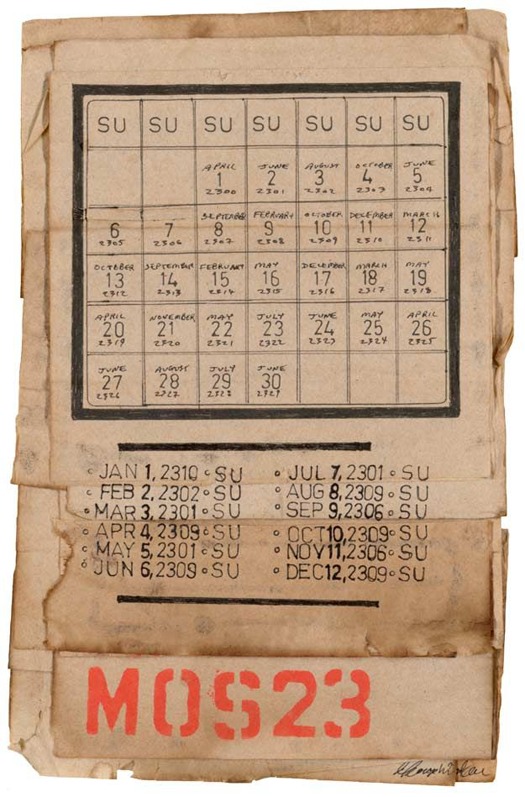
Widener, George (1962), USA
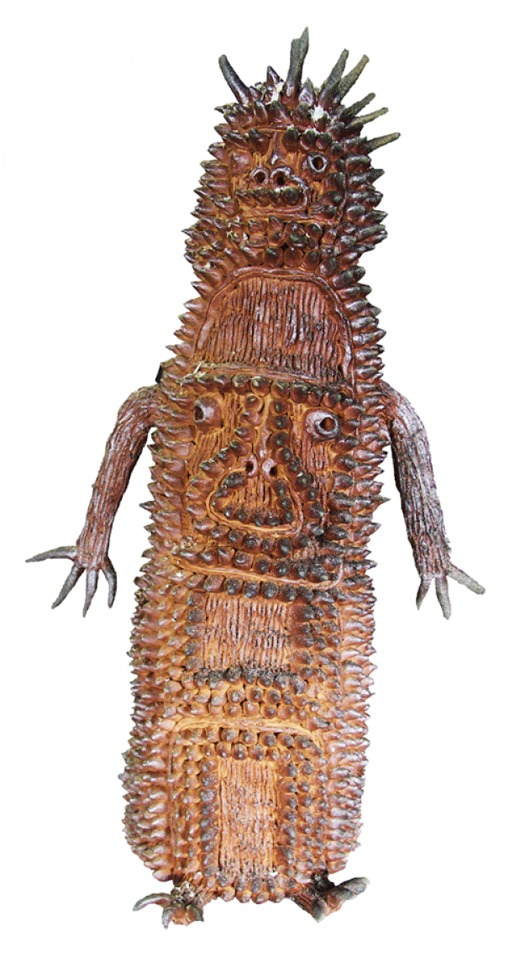
Sawada, Shinichi (1982), Japan
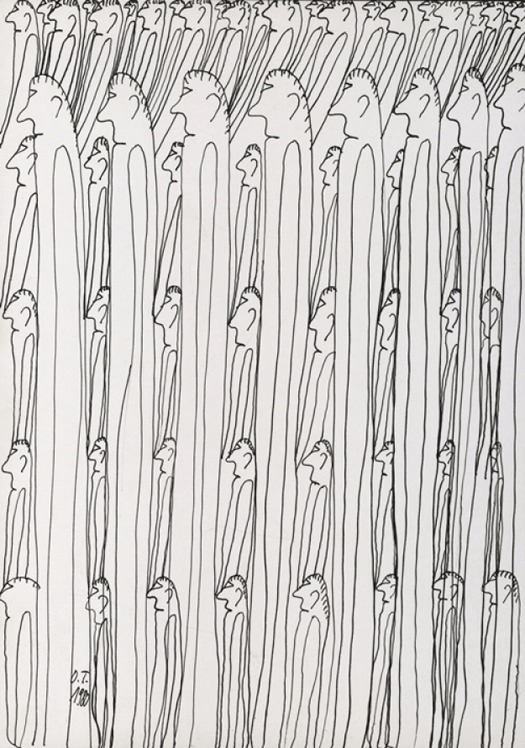
Tschirtner, Oswald (1920-2007), Austria
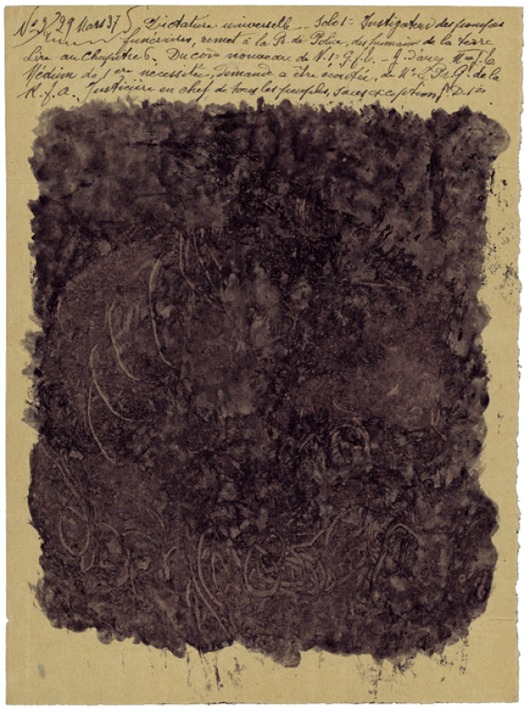
Tripier, Jeanne (1869-1944), France
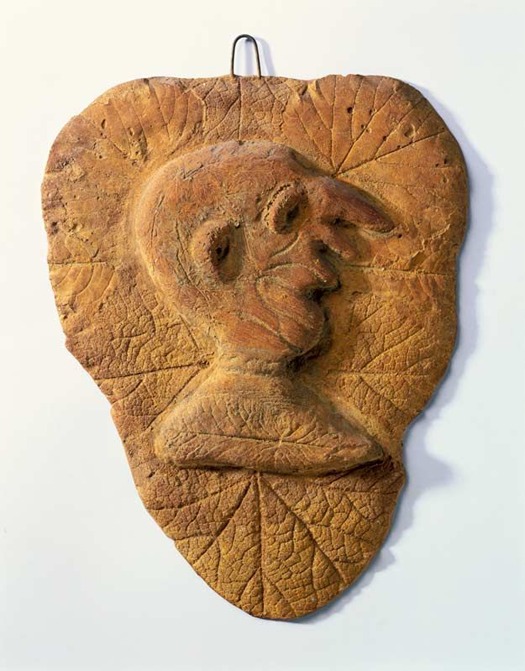
Salingardes, Henri (1872-1947), France
